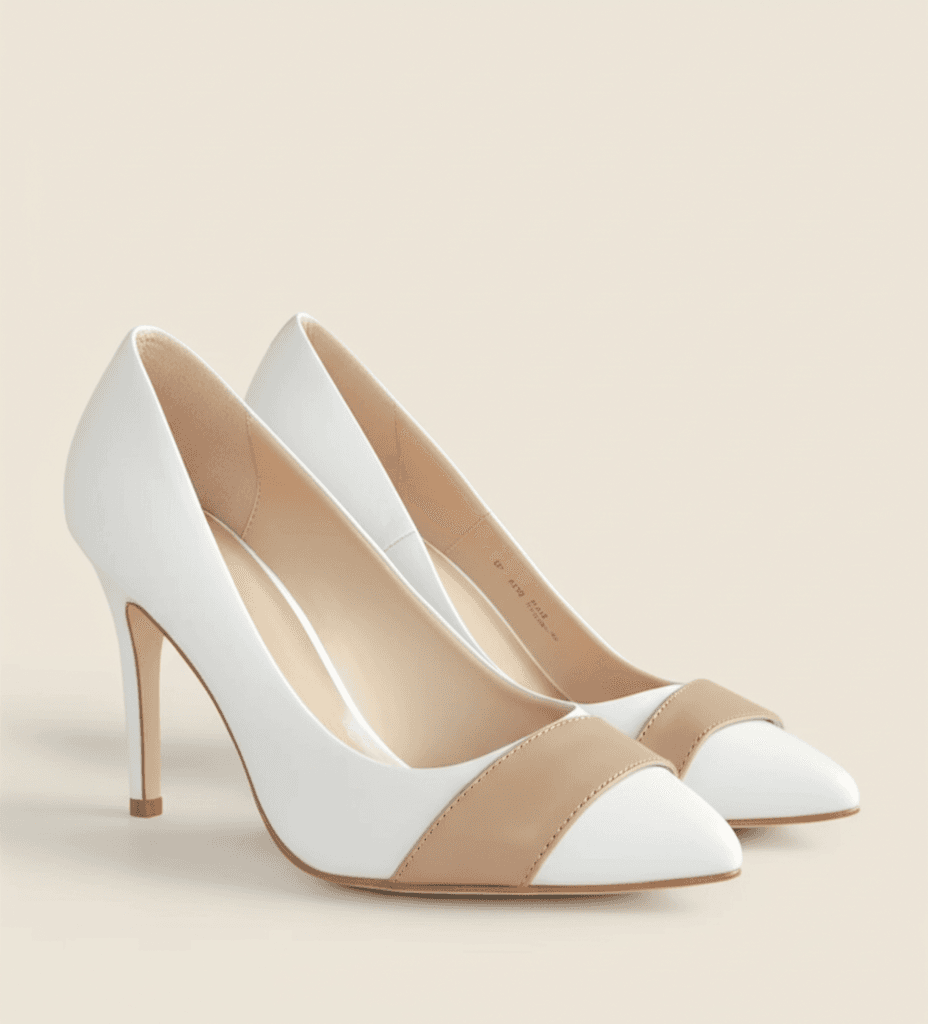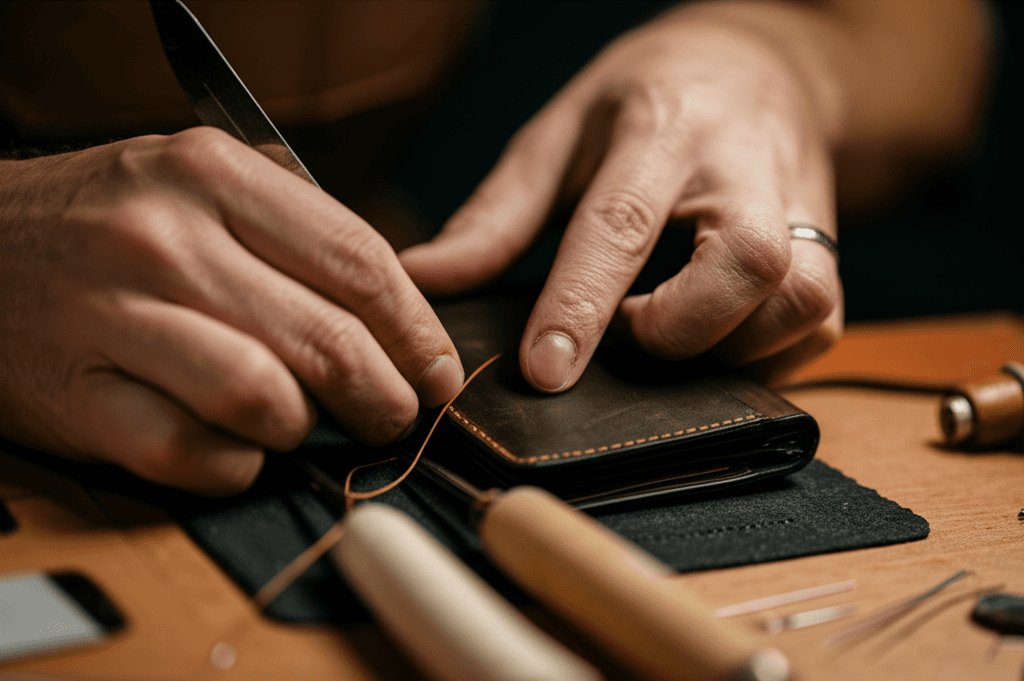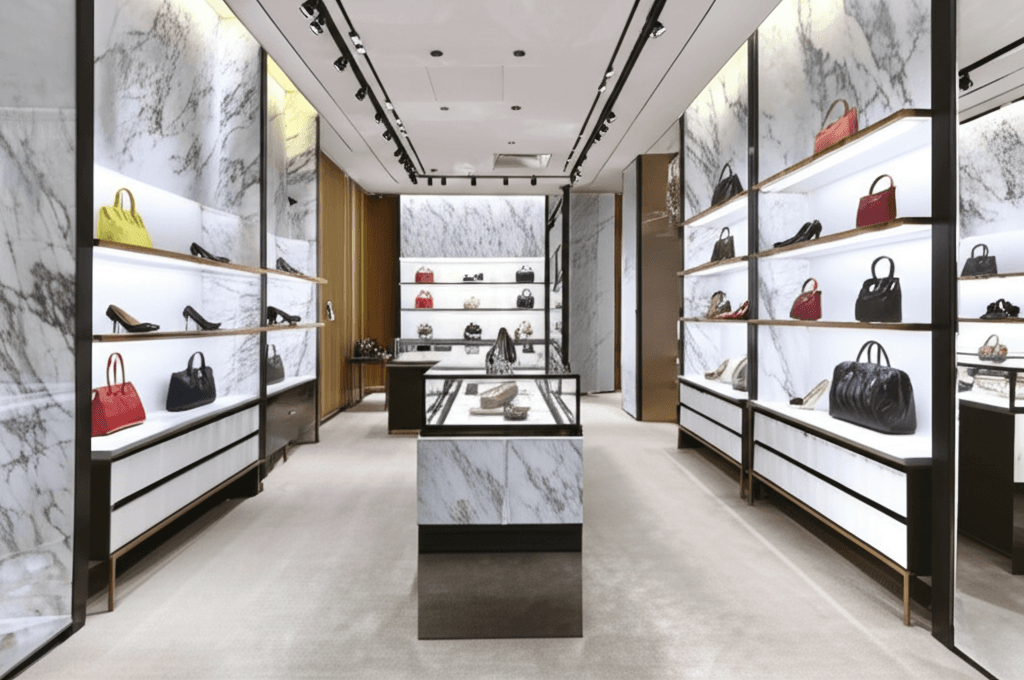
How to Break In New Leather Shoes Without Pain: Expert Methods
Understanding the Break-In Process
New leather shoes require a break-in period because leather is a natural material that needs time to conform to your unique foot shape. Quality full-grain leather—used in premium shoes from Manufact and other reputable brands—starts relatively stiff to provide structure and durability. The break-in process softens the leather while maintaining support, creating a custom fit that's ultimately more comfortable than pre-softened synthetic materials.
Typical break-in timeline:
- Soft leather (loafers, casual shoes): 3-7 days
- Medium leather (dress shoes, boots): 1-3 weeks
- Stiff leather (work boots, hiking boots): 3-6 weeks
Pre-Wear Preparation Methods
Method 1: Leather Conditioner Application
How it works: Conditioner softens leather fibers, accelerating the natural break-in process.
Steps:
- Apply thin layer of quality leather conditioner to entire shoe exterior
- Focus on flex points: toe box, vamp (top of foot area), heel counter
- Let absorb for 2-3 hours
- Wipe off excess with soft cloth
- Repeat daily for 3 days before first wear
Lebanese climate note: In Lebanon's humid coastal areas, don't over-condition—can make leather too soft. Moderate application better for our climate.
Cost: Quality leather conditioner 180,000-280,000 LBP
Method 2: Shoe Stretcher with Stretching Spray
How it works: Mechanical stretching combined with stretching spray expands leather in targeted areas.
Steps:
- Spray stretching solution inside shoes (focus on tight areas)
- Insert adjustable shoe stretcher
- Expand stretcher until you feel resistance
- Leave overnight (8-12 hours)
- Remove stretcher, test fit
- Repeat if needed
Best for: Shoes slightly too narrow or tight in specific areas (bunions, wide forefeet)
Cost: Shoe stretcher 300,000-450,000 LBP (one-time investment for all future shoes)
Method 3: Thick Socks Method
How it works: Wearing thick socks creates gentle pressure, stretching leather gradually.
Steps:
- Put on thick wool or athletic socks (or double regular socks)
- Wear shoes at home for 30-45 minutes
- Walk around, flex feet, do squats to work leather
- Remove if pain develops
- Repeat daily until comfortable with regular socks
Best for: Overall tightness, initial softening
Advantage: Free method, uses items you already own
Method 4: Heat and Wear Technique
Warning: Use carefully—excessive heat damages leather
How it works: Gentle heat makes leather temporarily more pliable while you wear shoes, conforming to foot shape.
Steps:
- Wear thick socks and shoes
- Use hair dryer on medium heat (not hot)
- Heat tight areas for 20-30 seconds while flexing feet
- Walk around as leather cools (shapes to your feet)
- Apply leather conditioner after cooling
Caution: Don't overheat (causes cracking). Keep dryer moving. Test on hidden area first.
Gradual Wear Strategy
Week 1: Indoor Wearing
Duration: 30-60 minutes daily
Activities:
- Light walking around house
- Sitting at desk (shoes on)
- Gentle foot flexing exercises
- Monitor for hot spots (areas causing discomfort)
Goal: Identify problem areas before they cause blisters
Week 2: Short Outdoor Trips
Duration: 1-2 hours
Activities:
- Short walks to nearby locations
- Quick errands (pharmacy, post office)
- Scenarios with easy exit if discomfort occurs
Tip: Bring backup comfortable shoes first few times. Lebanese women especially: keep flats in car during break-in period.
Week 3+: Extended Wear
Duration: Half-day to full-day
Activities:
- Work days
- Social events
- Shopping trips to Verdun or ABC malls
- Normal daily activities
Sign they're broken in: Can wear full day without discomfort, leather has visible creasing, shoes feel "molded" to feet
Blister Prevention Techniques
Strategic Bandaging
Before blisters form:
- Apply moleskin or blister prevention tape to vulnerable areas
- Common spots: heels, pinky toes, tops of toes
- Reapply daily during break-in period
Products available in Lebanon pharmacies:
- Compeed blister plasters: 50,000-80,000 LBP
- Moleskin padding: 30,000-50,000 LBP
- Band-Aid Friction Block: 40,000-60,000 LBP
Anti-Friction Products
Heel protectors: Silicone or gel pads cushion heel area, prevent slipping
Toe caps: Protect tops of toes in pointed shoes
Ball-of-foot cushions: Add comfort to high-heeled shoes
Cost: 40,000-120,000 LBP per pair
Proper Socks Selection
Best materials for break-in:
- Wool or wool blend (moisture-wicking, cushioning)
- Quality cotton (avoid cheap thin cotton)
- Synthetic athletic socks (moisture management)
Avoid: Nylon dress socks during break-in—too thin, increase friction
Spot-Specific Solutions
Tight Toe Box
Solution:
- Use shoe stretcher with toe box attachment
- Stuff tightly with damp newspaper overnight (remove before wearing)
- Apply stretching spray to interior toe area
- Wear with thick socks at home
Stiff Heel Counter
Solution:
- Apply leather conditioner to heel interior and exterior
- Use spoon or shoe horn to press/massage heel area
- Wear with heel grips/protectors
- If extreme: take to cobbler for heel softening service (150,000-250,000 LBP)
High Vamp (Top of Foot Pressure)
Solution:
- Loosen laces completely before inserting foot
- Use stretching spray on vamp interior
- Apply conditioner to vamp exterior
- Consider tongue pads for cushioning
Professional Services in Lebanon
When to Visit a Cobbler
For expensive shoes (over $200) or persistent problems, professional help worth the investment:
Services available:
- Professional stretching (length or width): 150,000-300,000 LBP
- Heel softening and shaping: 200,000-350,000 LBP
- Adding cushioning inserts: 100,000-200,000 LBP
- Adjusting for bunions or foot issues: 250,000-450,000 LBP
Reputable cobblers: Available in Hamra, Achrafieh, Jounieh, Verdun areas
Common Mistakes to Avoid
Mistake 1: Wearing Too Long Too Soon
Enthusiastically wearing new shoes all day causes severe blisters. Gradual approach prevents injury and actually speeds overall break-in by maintaining consistent, manageable pressure.
Mistake 2: Getting Shoes Wet Before Break-In
Lebanese winter rain + unbroken-in shoes = disaster. Water makes leather temporarily softer but can cause irregular stretching and damage. Complete break-in before exposing to moisture.
Mistake 3: Using Petroleum-Based Products
Vaseline, petroleum jelly damage leather long-term. Only use leather-specific conditioners and treatments.
Mistake 4: Ignoring Pain
"Push through" mentality causes injury. Discomfort is normal; pain is not. Remove shoes if experiencing sharp pain or burning sensation.
Mistake 5: Buying Wrong Size
Break-in softens leather but doesn't fundamentally change size. Shoes should fit reasonably well from start. If excessively tight or loose, exchange for correct size.
Special Considerations for Different Shoe Types
Dress Shoes (Oxfords, Loafers)
Break-in time: 1-2 weeks
Focus areas: Heel counter, vamp
Best method: Leather conditioner + thick socks method
Boots (Ankle, Knee-High)
Break-in time: 2-4 weeks
Focus areas: Heel, ankle area, calf (for tall boots)
Best method: Gradual wearing + conditioning + boot stretcher if needed
Heels (Pumps, Stilettos)
Break-in time: 3-7 days
Focus areas: Toe box, ball of foot, heel
Best method: Gel inserts + gradual wearing + heel protectors
Lebanese women: Especially important for wedding season (long hours standing/dancing)
Break-In Success Timeline
Day 1-3: Indoor wearing only, 30-60 minutes daily, apply conditioner
Day 4-7: Short outdoor trips (1-2 hours), use blister prevention
Week 2: Extended wearing (3-4 hours), monitor comfort
Week 3: Full-day wear, shoes should feel comfortable
Week 4: Fully broken in, leather conformed to feet
FAQ: Breaking In Leather Shoes
Q: How long does breaking in leather shoes take?
A: Depends on leather stiffness: soft leather (3-7 days), medium leather (1-3 weeks), stiff leather (3-6 weeks). Gradual wearing accelerates process safely.
Q: Can I speed up break-in process?
A: Yes, safely. Use leather conditioner, shoe stretcher, and thick socks method together. But don't rush—forcing break-in causes damage.
Q: Will leather shoes ever be as comfortable as sneakers?
A: Different comfort. Properly broken-in quality leather shoes provide excellent support and conform to your feet. Many find them more comfortable long-term than synthetic shoes.
Q: Should new leather shoes hurt?
A: Mild discomfort or tightness is normal. Sharp pain, burning, or blisters indicate problem. Don't ignore pain—address it with methods above or visit cobbler.
Q: Can I return shoes if they don't break in well?
A: Depends on store policy. Many Lebanese retailers allow exchanges within 7-14 days if unworn outside. Check policy before purchasing. Manufact provides guidance on break-in expectations at purchase.
Q: Do expensive leather shoes require break-in?
A: Yes. Quality full-grain leather (used in premium shoes) requires break-in period. Sign of quality, not defect. Cheap synthetic shoes feel comfortable immediately but wear out quickly.
Conclusion
Breaking in new leather shoes requires patience and smart techniques, but the reward—perfectly fitted, comfortable footwear lasting years—is worth the effort. For Lebanese shoe enthusiasts, combining pre-wear conditioning, gradual wear strategy, and blister prevention creates pain-free break-in experience. Remember: quality leather shoes are investment pieces that conform to your feet uniquely, providing superior comfort and style for decades.
Visit Manufact at Al-Arz Highway Koura Plaza, Koūša for expert guidance on breaking in your new leather shoes and our selection of premium leather footwear designed for Lebanese lifestyles.
--- ## Related Articles ### How to Care for Your Leather Shoes During Lebanon's Rainy Season **Highly Related** • Care & Maintenance Protect your premium leather shoes during Lebanon's rainy season. Expert tips on waterproofing, cleaning, and storing leather footwear in humid weathe... [Read More →](/blog/leather-shoe-care-rainy-season-lebanon) ### Ultimate Leather Care Guide: How to Maintain Your Premium Leather Goods **Highly Related** • Care & Maintenance Learn professional techniques to keep your leather bags, shoes, and accessories looking pristine for years. Complete guide with expert tips.... [Read More →](/blog/ultimate-leather-care-guide) ### Complete Guide to Winter Leather Boot Care in Lebanon 2025 **Highly Related** • Care & Maintenance Expert tips for maintaining your leather boots during Lebanon's rainy winter season. Learn waterproofing, cleaning, and storage techniques specific to... [Read More →](/blog/winter-leather-boot-care-lebanon) ### Mediterranean Climate Leather Care: Complete Lebanon Protection Guide 2025 **Highly Related** • Care & Maintenance Protect your leather goods in Lebanon's humid Mediterranean climate. Expert guide to summer heat, winter rain, salt air, and humidity protection for p... [Read More →](/blog/mediterranean-climate-leather-care-lebanon) ### Summer Leather Care: Protecting Your Goods from Middle Eastern Heat **Highly Related** • Care & Maintenance Essential guide to maintaining leather bags, shoes, and accessories during Lebanon's intense summer heat. Expert tips for preventing heat damage and c... [Read More →](/blog/summer-leather-care-middle-eastern-heat) ### How to Spot Fake vs Real Leather: Expert Authentication Guide 2025 **Related Topic** • Buying Guides Learn professional techniques to identify genuine leather from synthetic fakes. Protect yourself from counterfeit goods with our comprehensive authent... [Read More →](/blog/how-to-spot-fake-vs-real-leather)Tagged In
Enjoyed this article?
Visit our boutique at Al-Arz Highway Koura Plaza, Koūsha, Lebanon to experience our handcrafted leather collection in person.
Related Articles

Mediterranean Climate Leather Care: Complete Lebanon Protection Guide 2025
Protect your leather goods in Lebanon's humid Mediterranean climate. Expert guide to summer heat, winter rain, salt air, and humidity protection for premium leather.

Summer Leather Care: Protecting Your Goods from Middle Eastern Heat
Essential guide to maintaining leather bags, shoes, and accessories during Lebanon's intense summer heat. Expert tips for preventing heat damage and color fading.

العناية بالجلود الصيفية: حماية منتجاتك من حرارة الشرق الأوسط
احمِ منتجاتك الجلدية من حرارة الصيف الشديدة في الشرق الأوسط. نصائح الخبراء للحفاظ على الجلد في مناخ حار ورطب.